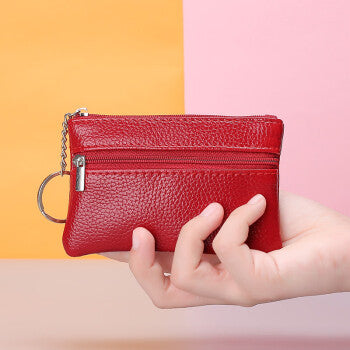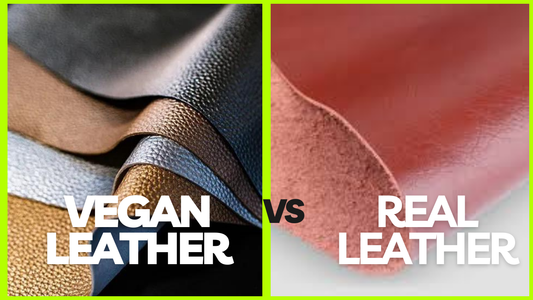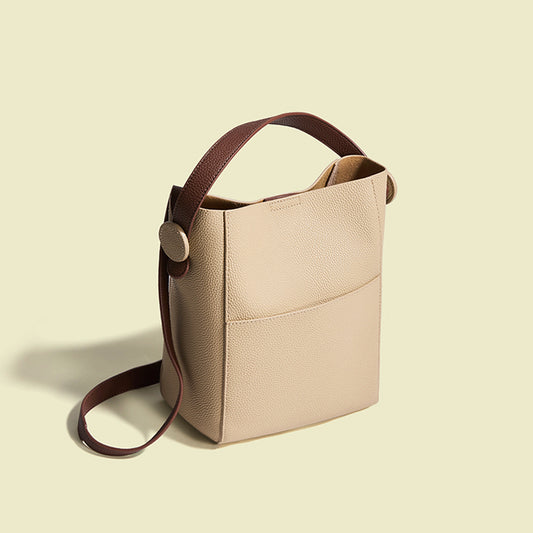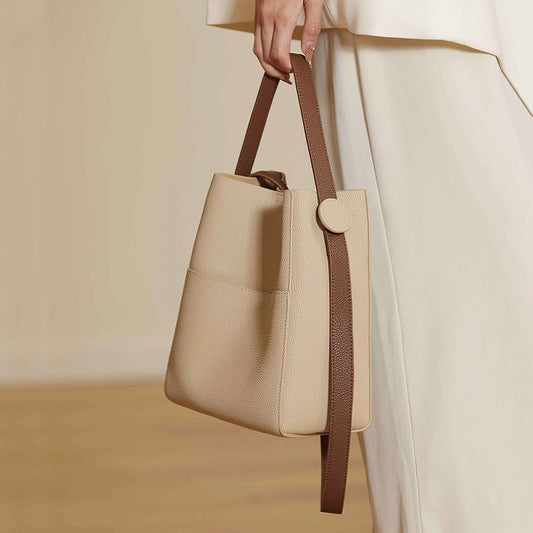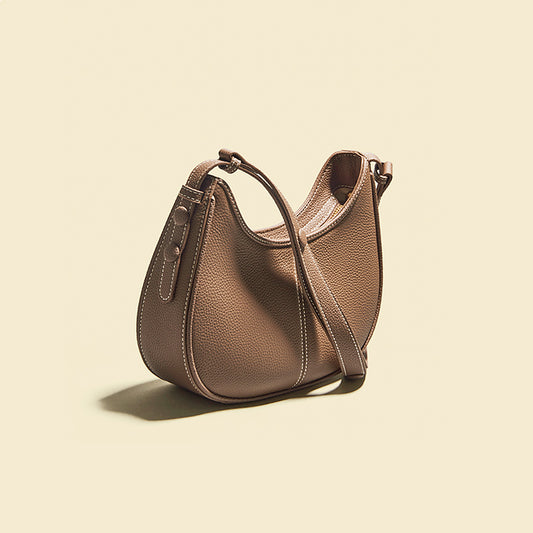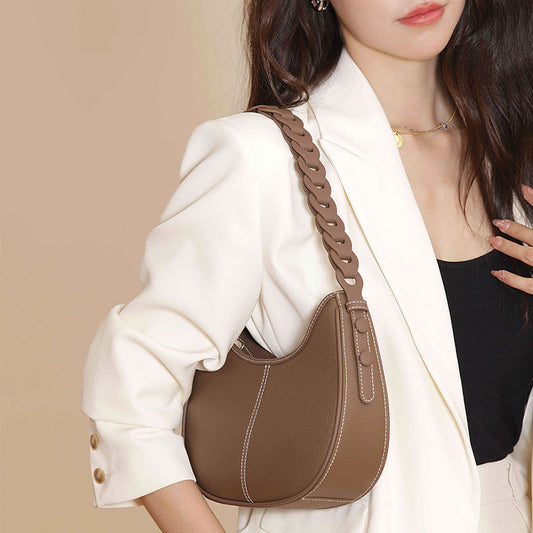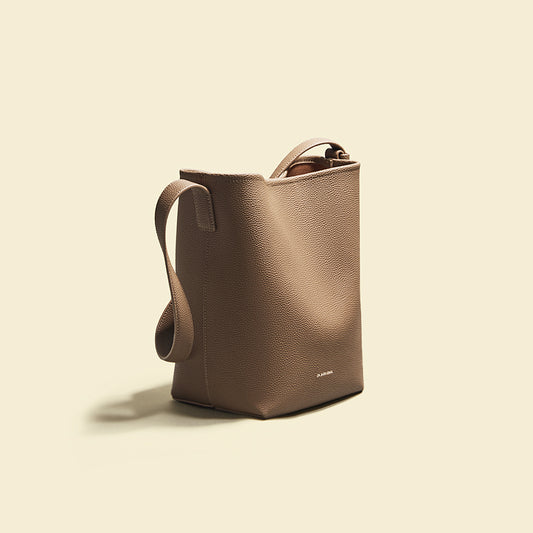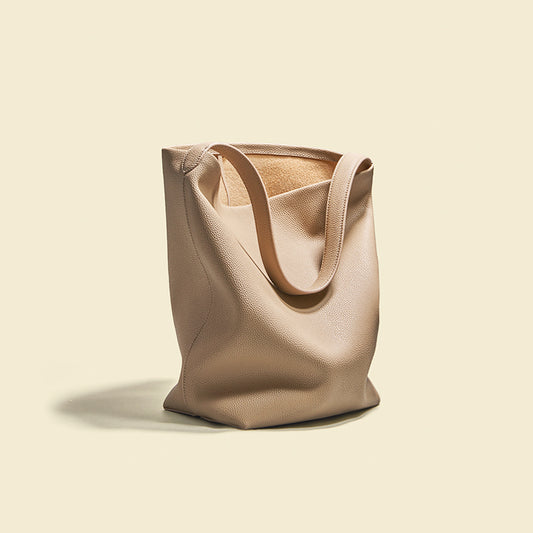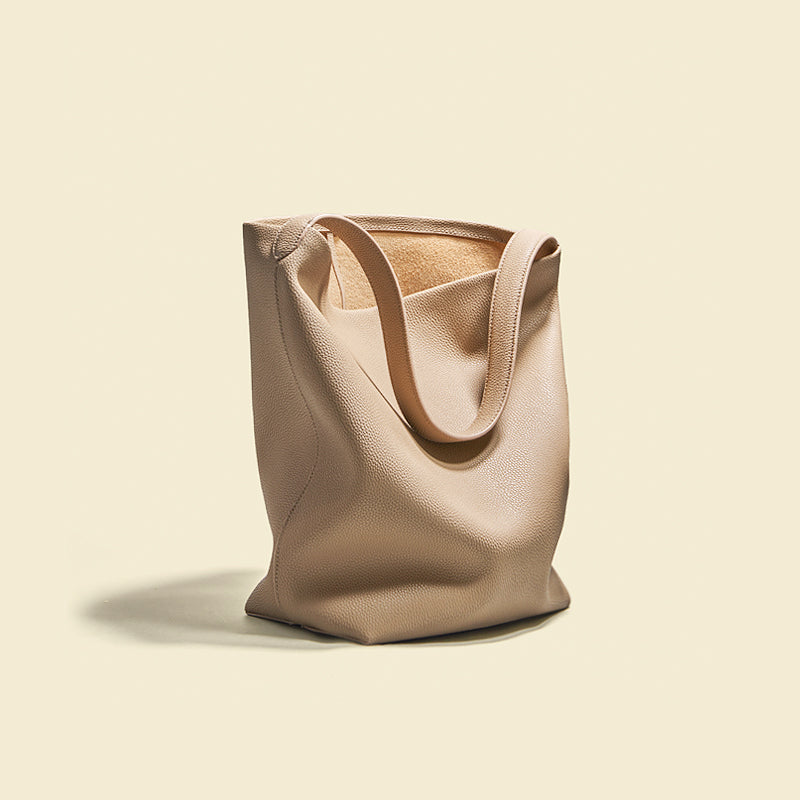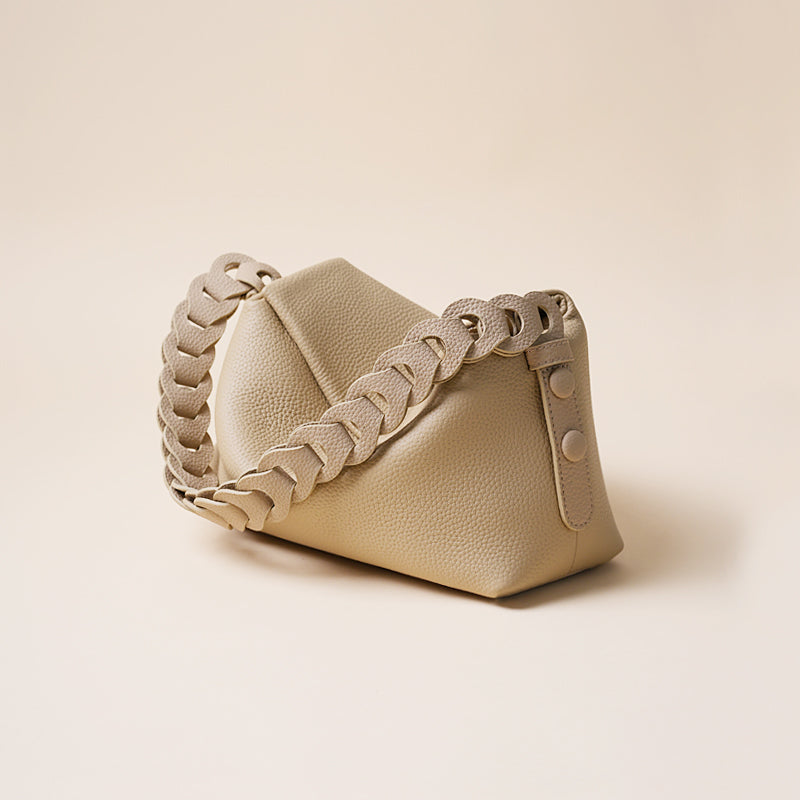The interesting material is leather. It is both hard and soft and malleable. It can be molded into practically any shape and is resistant to rips and scuffs. Additionally waterproof, leather maintains its wetness without absorbing moisture. However, if the leather gets wet, one thing might happen: it could start to grow mold. In this post, we’ll look at what occurs when leather gets damp and how to avoid the leather from getting moldy. Read on to discover more.
Leather is sometimes wrongly thought to be waterproof. Leather doesn't absorb liquid since it is water-resistant. Because of this characteristic, leather is a preferred material for boots, shoes, and other apparel. Additionally, it implies that leather may become wet without becoming damaged. However, if the leather gets wet and isn't thoroughly dried, it may get moldy.
What Happens When Leather Bag Is Ruined by Water?
Boots, furniture, and clothes are frequently made of leather since it looks attractive and is reasonably long-lasting. What occurs, though, when leather is wet? Does the leather become ruined by the water, or does anything else take place?
In actuality, leather is not particularly prone to water damage. The majority of the time, the water will roll off the surface and bead up.
However, leather can degrade if it is wet often or for an extended time. Keeping your leather products dry is the greatest method to shield them from water damage. If they get moist, take care to dry them off as soon as you can.
The type of leather and how it is cared for will determine whether water will damage the leather or not. Leather can be difficult to maintain. Untreated leather is particularly prone to water damage because it can expand and alter its form when exposed to moisture.
The leather may get stiff as a result, making repairs difficult. However, treated leather is far more resistant to water damage since the treatment helps to create a barrier against moisture. If you keep treated leather dry, it should last for many years.
So don't be concerned that water will damage your leather goods. The condition of the leather won't often be greatly impacted by the water. If they become wet, just dry them off as quickly as you can.
Detailed Guide on What Happens to Leather Bag When It Rains
When leather is wet, it can shrink, swell, stiffen, and change color. The kind of leather, the tanning method, and the amount of water exposure all affect these effects to varying degrees. As an illustration, chrome-tanned leather is less prone to shrink than vegetable-tanned leather. Additionally, wet leather can become stiff and challenging to deal with.
If the leather does become wet, it must be dried carefully and evenly to avoid permanent harm. While leather can crack or split if it dries too rapidly, it can also grow mold or mildew if it dries too slowly. Wet leather may be dried successfully and without permanent damage with the right care. Nevertheless, it's preferable to keep the leather dry in the first place.
How Should I Handle Wet Leather?
Drying Off Wet Leather Bag in Step 1
Wet leather could be challenging to deal with. It might not dry entirely for several days or even weeks, and during that time, mold and mildew might develop on it. The leather can also dry up and become brittle, which makes it challenging to work with. You may, however, take a few steps to hasten the drying process.
One method is to put newspapers within the moist leather. Absorbing any moisture will help keep the leather from shrinking.
Another option is to spread the leather out in an area with good ventilation. The leather will be able to breathe and dry more evenly as a result of doing this. Finally, using a hairdryer on low heat will speed up the drying process.
Step 2: Leather Bag Cleaning
You must clean the leather after it has dried. Various products may be used to clean leather, but it is important to pick one that is made for leather.
To begin, vacuum the leather to get rid of any dust and debris. Utilizing a soft cloth, dab a small quantity of the cleaning solution onto the leather's surface. After that, massage the substance evenly into the leather circle.
Condition the leather bag in step three.
After cleaning the leather, you must condition it. Because it keeps the leather from cracking and drying out, this step is crucial. By doing this, you may help replenish the leather's natural oils and stop it from drying out in the future. You may choose from a wide variety of conditioning products, but you should pick one made especially for use on damp leather.
To condition leather, dab a little amount of conditioner on a clean cloth and gently work it into the leather in a circular motion. Any spots that look unusually dry or cracked require extra care. After using the conditioner, give it some time to absorb before cleaning away any extra with a fresh towel.
Step 4: Polish It Up
You should polish the leather once you've conditioned it. This process aids in giving the leather its former sheen and gloss. You might make use of a gentle cloth or a leather-specific brush. Starting with a circular motion, buff the leather's surface. Then, go along the leather's length using long, sweeping movements. After buffing the whole surface, remove any remaining dust or dirt with a clean cloth.
Step 5: Guard it
The leather must be shielded from further harm as the last stage. This may be accomplished by lightly coating the surface of the leather with waterproofing spray or cream. This will make it simpler to keep the leather dry and clean and will aid in its ability to repel water and other liquids.
A waterproofing spray or cream used properly won't change the way the leather looks or feels. It is advisable to test the product in a specific area before applying it to the entire surface.
By taking these precautions, you can assist ensure that your wet leather looks and feels brand new and prevent the effects that occur when leather gets wet.
If Mildew or Mold Develops
It's critical to take action right away if you see mold or mildew on your leather. Leather can get permanently damaged by mold and mildew, so it's better to get rid of it as soon as you can.
Mold or mildew on leather may be removed in a few different methods. One approach is to mix equal parts of water and white vinegar. After that, sponge the mixture onto the harmed regions using a clean towel. Allow the mixture to rest for around half an hour before wiping it away with a damp cloth.
Rubbish alcohol can be used as a further means of removing mold or mildew. Before using rubbing alcohol, dry the affected areas with a clean cloth. This procedure would need to be repeated numerous times if there is mold or mildew.
Take your leather to a specialist if you're unsure how to get rid of mold or mildew on it. A leather expert will be able to thoroughly clean your leather and remove any mold or mildew without causing any damage to the fabric.
If the leather stiffens
It is crucial to act right away if your leather item stiffens after becoming wet. It will be challenging to restore the leather to its original form if it dries in this way.
You may do a few different things to try to save your leather products, including:
- Make use of a leather conditioner to rehydrate and soften the leather.
- Apply heat by placing the object in the sun briefly or using a hairdryer on a low setting. The leather will become more flexible as a result of the fibers being looser.
- The leather should be gently pulled and stretched in all directions. This will assist in giving it back its natural form.
It is important to seek expert advice if after trying all of these measures the leather is still stiff. They'll be able to evaluate the harm and decide whether the item may be salvaged.
How to Prevent Leather Bag from Wetting
You may either keep your leather away from water or seal it with a waterproofing chemical to prevent it from becoming wet. If it's necessary to get the leather wet, make sure to dry it out right away and condition it to bring back its natural oils. If leather is kept moist, it will ultimately crack and degrade.
Leather Bag Waterproofing Agents
Numerous items on the market make waterproof leather promise. While some of these goods function effectively, some don't. Research is necessary before choosing a product since some substances can harm the leather. The leather will be protected from damage if a waterproofing chemical is properly applied since it will provide a barrier between the water and the leather.
Preparing Your Leather Bag
For leather to remain supple and soft, conditioning must be done often. Leather may lose some of its natural oils when it gets wet. Replenishing these oils, and conditioning keep the leather in good condition. Use only a leather-specific conditioner because other products can harm the material.
How to Dry Wet Leather Bag
It is critical to dry your leather as soon as it becomes wet. To start, remove extra water by blotting it with a clean, absorbent towel. Avoid rubbing the leather since doing so might harm the surface. After you've drained the excess water, place the leather somewhere cool and dark to air dry. Direct heat should be avoided since it might cause the leather to break. Instead, install a fan in the space to hasten drying time. Apply a conditioner to the leather after it has been dehydrated to help it regain its natural oils.
Keeping leather away from water is the greatest approach to protect it from harm. If the leather must get wet, dry it out right away and condition it frequently. By following these steps, you may help guarantee that your leather lasts for many years.
Conclusion
A good leather bag needs to be cared for and for the most part, that's true. Leather may become wet, though, so that is also common knowledge. There are many waterproofing products made for leather products and you can use them. However, if the action of getting the leather wet doesn't bother you or come with a negative connotation, then it's fine to let your bag get wet on occasion. You may still want a waterproof lining or pocket just in case but as long as the water isn't your everyday bag routine or necessity, it's really up to you if you like the look of wet leather or not.
But what happens when you accidentally leave your leather bag outside, and it rains? Can it be prevented by any means? This article will give you more insight on that topic and tell you more about how the leather reacts when wet.
If you enjoy your leather bag and would hate to see it damaged, be sure to store it away from moisture.

